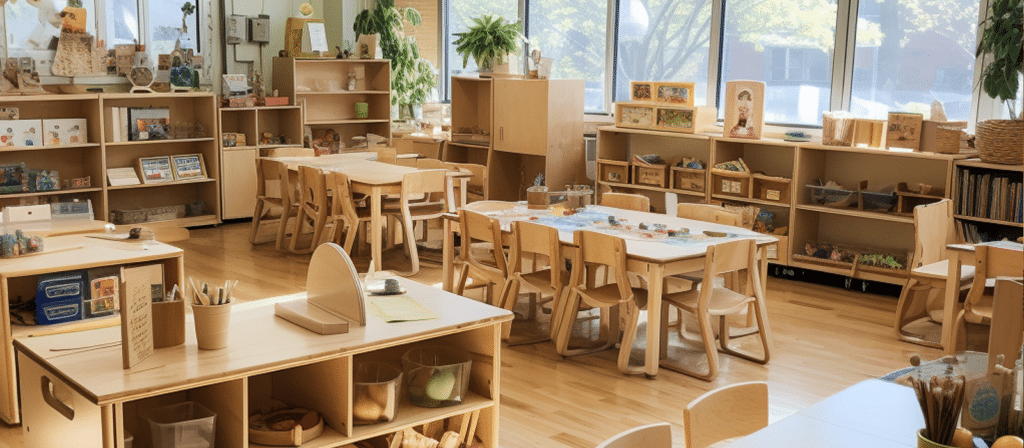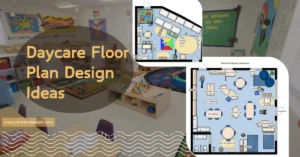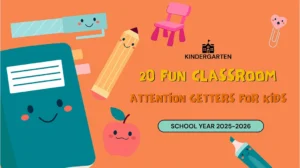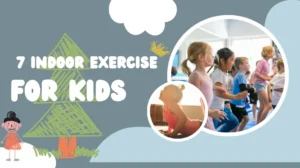Ever wondered about the various types of furniture that contribute to a conducive learning environment in a classroom? Let’s dive into the world of classroom furnishings and explore the diverse range of furniture types that play a crucial role in shaping the educational experience for students.
Classroom furniture typically includes desks, chairs, storage units, bookshelves, tables, whiteboards, and display boards. Each of these serves a specific purpose in facilitating effective learning and creating an engaging classroom environment for students.
Desks and Chairs
Let’s start with the most basic and essential furniture in any classroom – desks and chairs. These are the primary seating and working areas for students and play a crucial role in their comfort and concentration. Desks come in various shapes and sizes, from individual desks to collaborative tables, allowing for different learning styles and group activities. Chairs, on the other hand, should be ergonomically designed to promote good posture and reduce the risk of back pain.
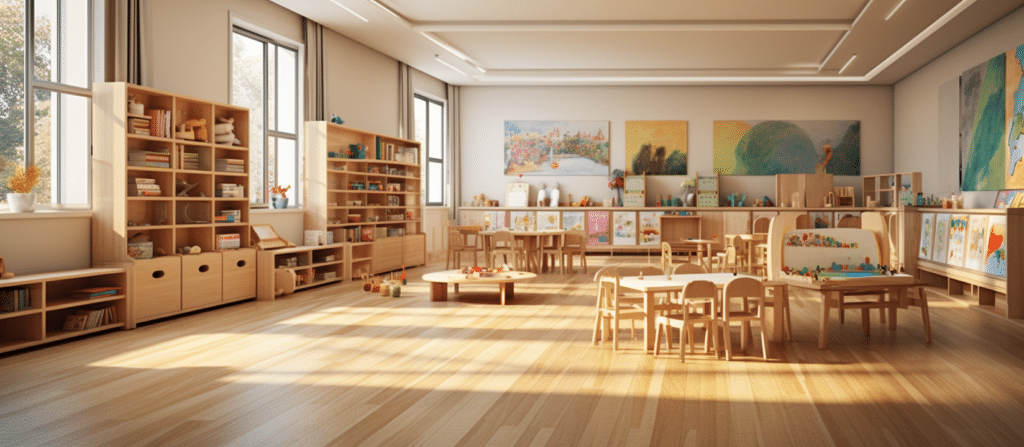
Storage Cabinets and Shelves
Every classroom needs adequate storage space to keep textbooks, supplies, and other learning materials organized. Storage cabinets and shelves are essential in creating a clutter-free environment, allowing students and teachers to easily find and access the resources they need. These can range from individual student lockers to large cabinets for shared storage.
Whiteboards and Chalkboards
Interactive whiteboards and traditional chalkboards are essential tools for teaching and learning. They provide a surface for teachers to present information and for students to engage in discussions and problem-solving. Whiteboards are popular in modern classrooms due to their interactive features, such as touch capabilities and integration with digital devices. However, some teachers still prefer the nostalgic feel of a chalkboard.
Flexible Seating Options
Gone are the days when classrooms were limited to rigid rows of desks and chairs. Today, flexible seating options are gaining popularity as they promote a more comfortable and dynamic learning environment. These options include bean bags, floor cushions, standing desks, and even exercise balls. Flexible seating allows students to choose the seating arrangement that works best for them, promoting movement and engagement during lessons.
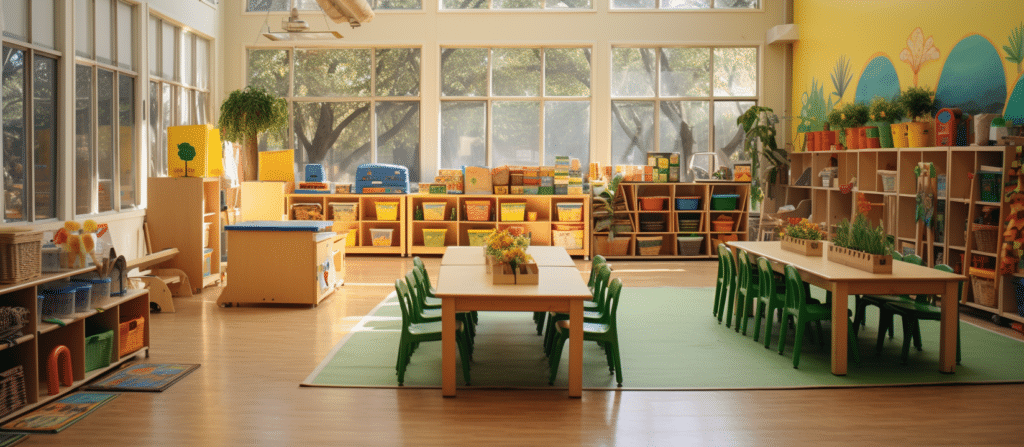
Collaborative Furniture
Collaborative learning has become an integral part of modern education, and classroom furniture plays a crucial role in facilitating this approach. Collaborative furniture includes tables and desks designed for group work, such as horseshoe-shaped tables or hexagonal desks. These furniture pieces encourage cooperation, communication, and teamwork among students, fostering a positive and interactive learning experience.
Teacher’s Desk and Storage
Let’s not forget about the teacher! A well-equipped classroom should have a dedicated space for the teacher, including a desk and storage area. The teacher’s desk serves as a central hub for lesson planning, grading, and organizing teaching materials. It should be spacious enough to accommodate a computer or laptop, along with other essential items. Additionally, storage cabinets and drawers provide a place for teachers to keep their personal belongings and teaching resources.
Library and Reading Area
Creating a reading-friendly environment is crucial for promoting literacy and a love for reading. A dedicated library or reading area within the classroom can help achieve this. It can consist of bookshelves filled with a variety of books, comfortable seating options, and cozy reading nooks. This designated space encourages students to explore different genres, discover new authors, and develop a lifelong reading habit.
Technology Integration
In today’s digital era, technology integration in the classroom is essential. This includes furniture designed to accommodate technological devices such as laptops, tablets, and interactive displays. Adjustable desks and charging stations ensure that students can comfortably use their devices while keeping them powered throughout the day. Technology-friendly furniture also promotes collaboration and interactive learning experiences.
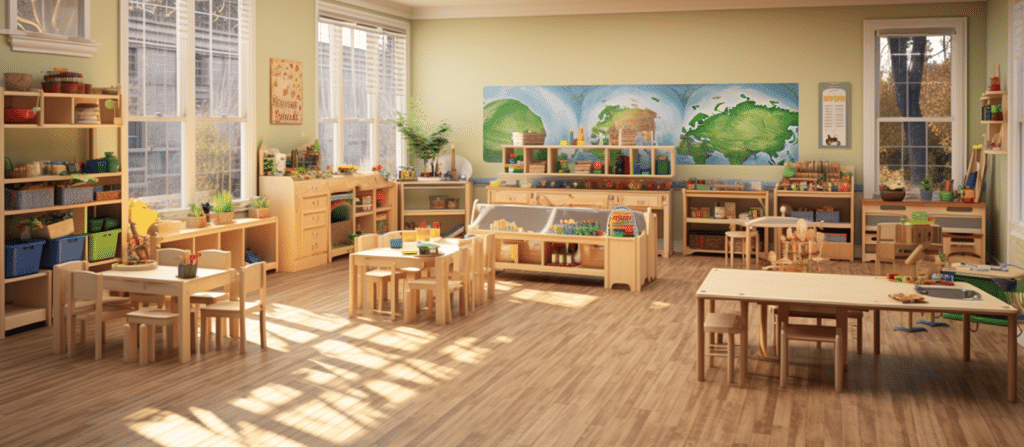
Conclusion
In conclusion, a well-designed classroom should incorporate a variety of furniture types to cater to different learning styles, promote collaboration, and create a comfortable and engaging environment. From desks and chairs to storage cabinets, whiteboards, flexible seating options, and dedicated reading areas, each piece of furniture plays a vital role in enhancing the learning experience for students.

